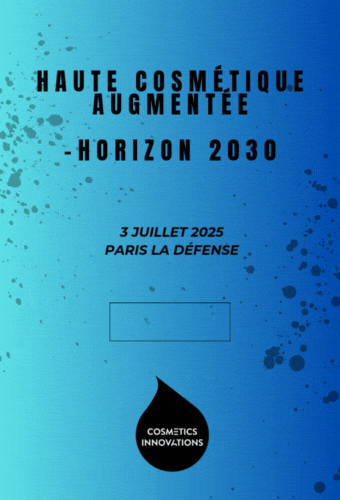Following Part 1

Paradox 3 - Act local, think global
An increasing proportion of individuals feel they live in a “global” world. They travel more and more, they open up to foreign cultures, learn their languages, consume their products, and exchange with their representatives during private or professional conversations. And yet, these new heirs of cosmopolitism swear by local consumption.
First, it is all about trust: people try to reassure themselves. Short circuits and access to local production play the role of a guarantee for ecological, qualitative, cultural products. This need to be able to trust brands increases purchases directly from producers: 46% of French people used this means over the last six months of the year 2014. And among those that had not yet, 54% were thinking about it. These figures are constantly on the rise in Europe, in the United States, and in Japan. The paradoxical effect of globalization is that it reconciles people with their local environment.
It is the return of beauty among neighbours. The soul of “locally made” products and the imperfection of craftsmanship and human-made goods trigger new emotions in our products (labels, packaging, or formulas). France went from “Made in France” to “Made in Brittany” products (e.g.: Britanie, Ho Karan), and in the United States, a Brooklyn-based store only sells products made in Brooklyn (“by Brooklyn” store).
Simultaneously, products from elsewhere carry emotions and reveal surprises. Asia is a significant example, in that it has never been that much featured on front pages in our Western societies (Europe and the United States). Successful trends from abroad are intriguing, create the buzz, and the international “roll-out” of a country’s popular product or fashion develops at high speed, enhanced by the web’s echoing effect.
The ultimate paradox is the arrival of global-looking local brands – Made in France America (e.g.: American Vintage) – or local-looking global brands (e.g.: Deauville editions by Kiehl’s or My Vodka by Absolut).
Paradox 4 - Buy low cost, consume luxury
Who buys anything for their initial price today? “Given the low cost offers and almost permanent discounts, it has become absurd to buy goods at their initial price”: 55% of French people thought so in 2010, 60% today. Private sales, sales on the Internet, traditional sales, purchases from other individuals: opportunity hunters now have endless possibilities. The “low cost” culture has invaded all spheres, including the most prestigious.
However, buying low cost does not prevent people from dreaming and purchasing very expensive goods or services. The same people who can wait or drive kilometres to buy for less are also willing to spend fortunes on specific goods.
Beauty premiumization is an obvious example. Christian Louboutin’s nail varnish has climbed up to the fourth place on the selective market in the United States [1]. The brand’s new lipsticks were launched a short while ago, and already promise to be highly successful.
But the popularity of low cost brand Kiko or American brand e.l.f – eyes lips face – shows affordable beauty brands are also making progress.

The real change is that expensive brands can no longer claim the monopoly of desire, and affordable brands, on top of their price edge, are taking advantage of an aesthetic face-lift and banking on the smart attitude, which makes them even more seducing. Affordable fashion and beauty brands draw inspiration from the premium segment to be attractive, but today, luxury brands are adopting the reverse strategy, as could be seen with the Chanel fashion show organized in a supermarket in March 2014, or more recently, the Gucci and Miu Miu campaigns staged in the street. Codes are changing, boundaries are breaking, and singularity wins.
Conclusions and Implications
The reconciliation of opposites only reflects the new era we live in, which is questioning our standards, redefining segments, and adjusting codes. Our society has changed, so it is up to brands to adopt a change strategy. Especially since these days are particularly fascinating for the cosmetics industry: enhanced by self-image and image sharing, beauty has never played such a key role in society. More than ever, creativity is becoming essential, and so is the ability to adapt in an ever-changing, “liquid” world.
Brands able to mix creativity with the two following market essentials will definitely make it:
1/ Performance and perfect quality
2/ Transparency, guarantee the brand is beyond any reproach





























